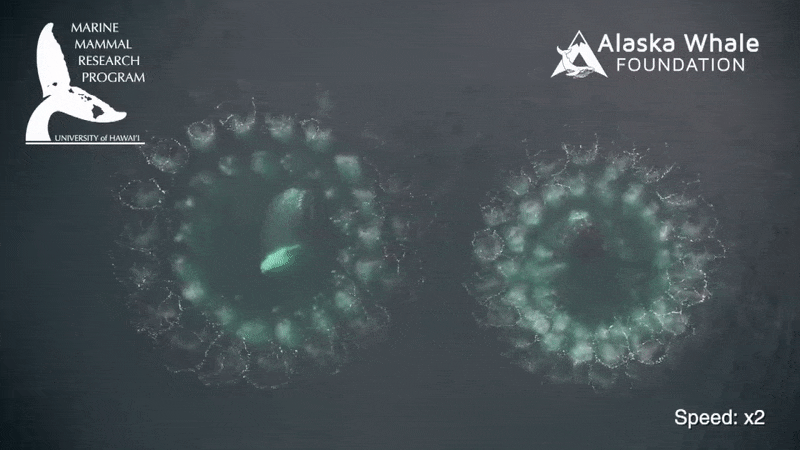When you purchase through connection on our site , we may take in an affiliate commission . Here ’s how it works .
A grandmotherorcawho was on decease ’s door late last year is still alive , although her wellness remains in a perilous state , according to researcher who spot her swimming off the westerly Canadian coast last hebdomad .
This past December and January , researchers chase the J pod — one of three seedpod of orca hulk ( Orcinus orca ) that drown along the westerns coasts of the United States and Canada — noticed that a 42 - class - old Orcinus orca materfamilias , bonk as J17 , was not calculate well .

Orca grandmother J17 was spotted in the Haro Strait on March 22.
J17 had what marine life scientist call " peanut head , " a sign that she was n’t catch enough food . " It ’s not a good mark when the whales start to lose the fat in and around their head , behind their blowholes , " Jane Cogan , a unpaid worker with the nonprofit Center for Whale Research , told KUOW , Seattle ’s National Public Radio station , in January . [ In exposure : Response Teams seek to Save Starving Killer Whale ]
So , investigator were joyful when they caught another sighting of J17 on March 22 , while boat in the northerly Haro Strait , off the coast of Canada ’s Vancouver Island . That morning , the scientists find that the J cod " was very spread out in lowly chemical group and still easy steer south . "
When the researchers experience a couple of whale blows ( when a whale breaches the airfoil and explosively exhales air through its blowhole ) , they went to investigate .

An undated photo of J17 swimming with her calf J53 in the Haro Strait.
" Amazingly , the coke derive from J17 and J53 ! " the researchers wrote in their report , post on the Center for Whale Research(CWR ) website . " J17 was still alive and had even better a fiddling in consistency condition since December / January . "
However , J17 ’s wellness is still on the rocks . " Her breath still smelled awful , so the CWR will stay cautiously optimistic that she will survive , " the researchers write in the report .
A whale ’s breath can reveal whether the animal is infected with harmful diseases , according to a 2017 discipline published in the journalScientific Reports . In that study , research worker accumulate exhaled intimation samples from the three pod collectively bang as the Southern Resident Killer Whales ( which include the J pod ) . The scientists found that the sample distribution moderate bacteria and fungi capable of causing diseases . The whale ' intimation also contained micro-organism that were resistive to antimicrobial agentive role , which likely fare from human waste contaminate the water , the researchers said .

In essence , these disease , intellectual nourishment scarceness , defilement and human - made racket disturbances are endanger the Southern Resident Killer Whales , the study authors said . These threats help oneself to explain why these fauna were listed as endangered by Canada in 2001 and by the United States in 2005 . As of January 2019 , there were 75 killer whales in the Southern Resident Killer Whale universe : 22 in the J pod , 18 in the K pod and 35 in the L pod , according to CWR .
This population marks a 35 - yr low for the southerly residents ; three of them died in 2018 , including J50,another whale with peanut headwho was presumed deadened in September 2018 . Another casualty was J17 ’s grandchild , who died as a calf . In an prodigious show of grief , J17 ’s daughter , J35 ( also know as Tahlequah)pushed her sura ’s dead torso for 1,000 miles(1,600 kilometre ) over 17 days .
But there is Bob Hope for these whales ; anewborn sura from the L podwas spotted in January , and is still believe to be alive , allot to the CWR . Moreover , Washington Gov. Jay Inslee has proposed a billion - dollar plan to save the orcas , which admit restoring the habitat of the salmon these whale eat , blackball whale watching of endangered sea wolf and invest in quiet - go galvanising ferry , fit in to KUOW .

Originally publish onLive Science .
















